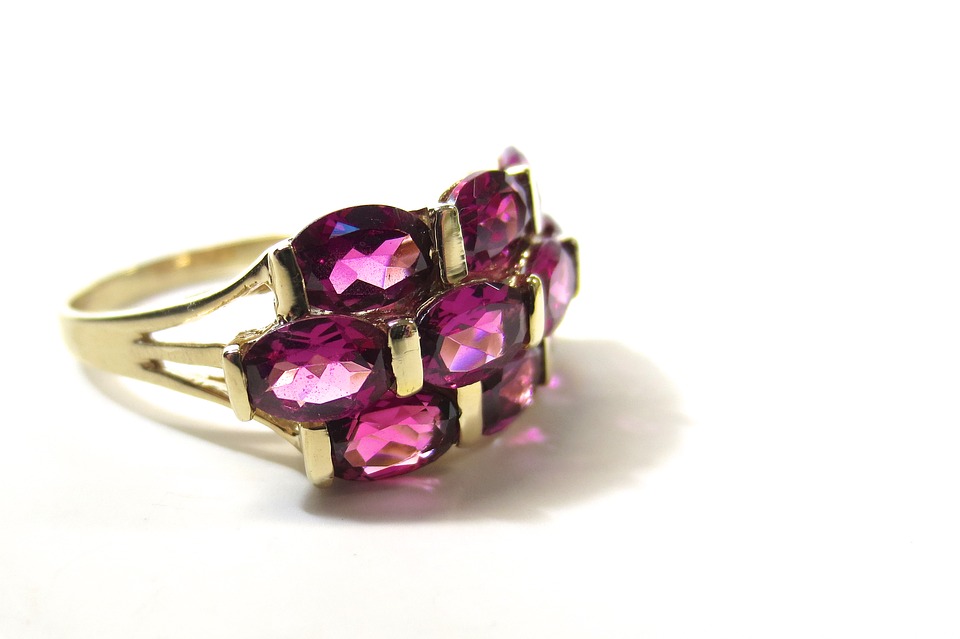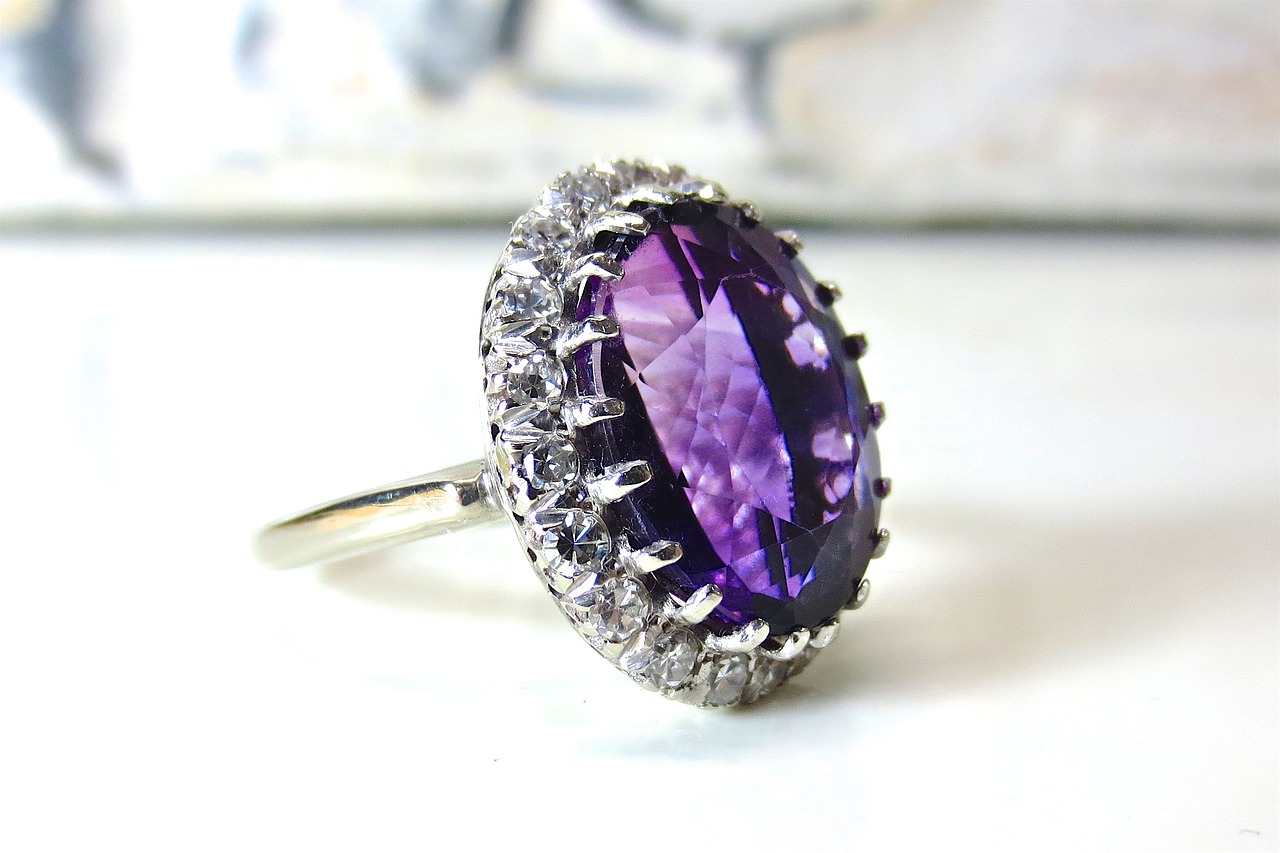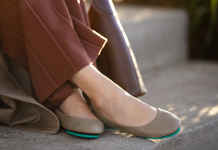Do you know why engagement rings typically feature diamonds? The answer comes down to marketing. In the 1940s, the British diamond company De Beers launched an advertising campaign designed to boost diamond sales and in the post-war era, the rings took off. Though there are earlier examples of engagement rings, even diamond engagement rings, this campaign is largely responsible for the decades long practice of proposing with a diamond.

Despite the diamonds’ long dominance, recently, brides have started to drift away from diamonds, opting instead toward colored rings, particularly birthstone rings. It’s an exciting change and one that has opened up a world of opportunities within the engagement ring market.
Birthstone Brides
Anyone who has considered buying gemstone jewelry in recent years knows that colorful stones are all the rage, but until recently, color preference varied widely. It’s only in the last year that the bride’s birthstone became a determining factor. What’s behind the rise? Like the increased popularity of colorful stones more broadly, engagement rings featuring the bride’s birthstone offer a way for women to express their individuality, while also creating a special link between the wearer and the stone.
A Year Of Stones
If you’re in the market for a birthstone engagement ring, you’ve already narrowed down your choice of stone, but that doesn’t mean the choice is easy. For example, if you’re shopping for a bride with a birthday in March, you can choose from a range of vintage aquamarine rings in Art Deco styles, newer stones, and upcycled metals. And even with a single gem color, whether aquamarine, ruby, sapphire or any other stone, there are a variety of color variations and cuts available.
One important consideration if you’re going to opt for a birthstone engagement ring is that, unlike a diamond, some birthstones are soft and not well suited to daily wear. In particular, opals, emeralds, and pearls can chip or break if they’re not set properly and handled with care. Certain variations on a given birthstone may also handle daily wear better, for example, Australian opals are generally stronger than Ethiopian opals.
Explore Alternatives

In addition to the standard list of 12 birthstones, official jewelers’ groups have introduced alternatives to some of the stones, that can offer other exciting options when buying an engagement ring. August, while traditionally represented by peridot, can – since 2016 – be marked by spinel instead. Similarly, December’s traditional turquoise stone can now be swapped for tanzanite, according to the American Gem Trade Association. All this is to say that, even by narrowing stone choice down to the bride’s birthstone, couples still have a wide range of ring choices.
As with diamonds, each of the birthstones comes in an array of shapes, colors, and cuts, can be set in different metals, and even be paired with other stones, so the possibilities are endless. At a time when brides are increasingly prioritizing what’s unique about their celebrations, this shift makes it easier to find a ring that’s as special as she is. Diamonds may still be top sellers, but birthstones are proving that they hardly have a monopoly on the engagement ring market.











